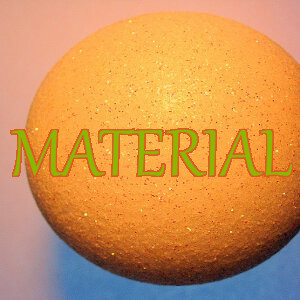Epoxy Resins
The epoxy resin belongs to thermosetting resins with excellent mechanical properties and chemical resistance.
The epoxy resin consists of two components:
- Epoxy base
- Epoxi hardener
It has a much higher mechanical strength compared to polyurethane resins. But in contrary its curing time is much longer. Normally, it takes 1-2 days after that you can demould it.
It is typically used for:
- Casting of spare parts
- Composite material as matrix
- Coating of surfaces,
- Bonding,
- Mouldmaking and
- Nowadays it’s highly populaire for preparing home made jewelery
Scroll down to the bottom of the page for more information on epoxy resin prices, safety precautions, storage suggestions, usable additives and compatible materials, and more.
The epoxy resins can also be distinguished and categorised according to consistency and functional areas as follows:
- epoxy casting resin
- epoxy foam epoxy
- coating resin epoxy
- laminating resin
- kneadable epoxy paste
The price of epoxy resins
consists of the cost of the two components, the shipping and the packaging costs.
The hardener is the most costly part among those, so in addition to environmental considerations, this should be treated with the utmost precaution.
The prices in our webshop are not comparable to those of industrial resins which are offered for other purposes, such as resins for industrial floors etc..
The price of our products without shipping costs, packaged in small quantities and developed for manual processing is in between of about 5 and 10 Euro / 100 grams.
The prices increases in the following rank
- Epoxi modelling paste
- Epoxy foam
- Jewelry Resin
- Epoxy casting resin - variable hardness
- Glass varnish
Storage of epoxy resin:
- The best way is prevention, you should only buy as much as you use up quickly
- Wipe the bottle and caps before usage in order to avoid contamination of the epoxy components
- The storage temperature should be between 15 and 25 °C
- Store it in a dark place and do NOT expose it to sunlight
- When you open the bottles first, date the labels, so you remember the age of the resin
- Do not refill any material leftovers in the bottle
- Don't interchange the caps Use a color indicator
- Pay attention to the hardener It is more harmful to environment and health
- Keep both components in airtight storage
- In case the resin component has crystallized, it can be reversed by heat treatment (about 50-60 °C)
All of castable epoxy resins listed above have the following main properties:
- Extremely strong plastics with a high heat resistance far beyond thermoplastics
- The hardened material has a high chemical resistance
- They adhere well to most materials, see list below
- Virtually zero volume shrinkage (except epoxy foam) during the curing process
Applicable fillers, additives and auxiliary agents:
- Thixotropic powder agent which greatly increases the iviscosity
- Coloring pigment Be sure to apply only epoxy resin-compatible paints
- Fiberglass to manufacture composites and similar plate and shell structures
- Glass balloon for density reduction
- Metal powders, aluminum, to increase the thermal conductivity and change the appearance
- Various minerals that do not react with epoxy resin Eg granite, marble powder
Safety instructions:
- The hardener components of the epoxy resin is more dangerous, so pay special attention to it
- Carefully read and follow the safety and warning instructions included in the product packaging
- Only work in a well ventilated room
- Wear vinyl rubber gloves, safety gloves, protective clothing, active filter mask, goggles
- In case of contact, immediately wipe skin with a dry cloth, then wash with plenty of soap and water
- But do not use solvent liquid. This facilitates the absorption of the resin components
- Avoid the inhalation of vapors
- Eating and drinking is prohibited during material handling
- In case of contact with eyes, rinse immediately with plenty of water and visit the doctor immediately
- Avoid release to the environment In particular, the hardener component is harmful to aquatic life
- Collect empty containers and dispose of in an appropriate chemical waste bin








